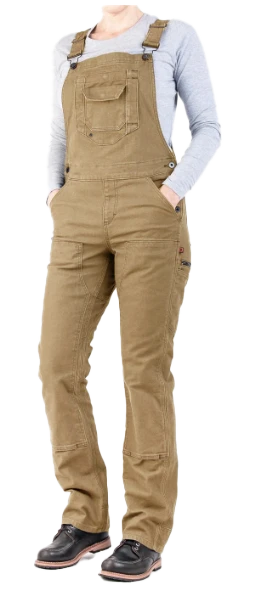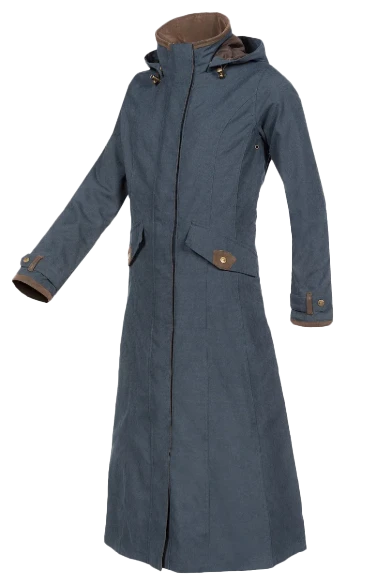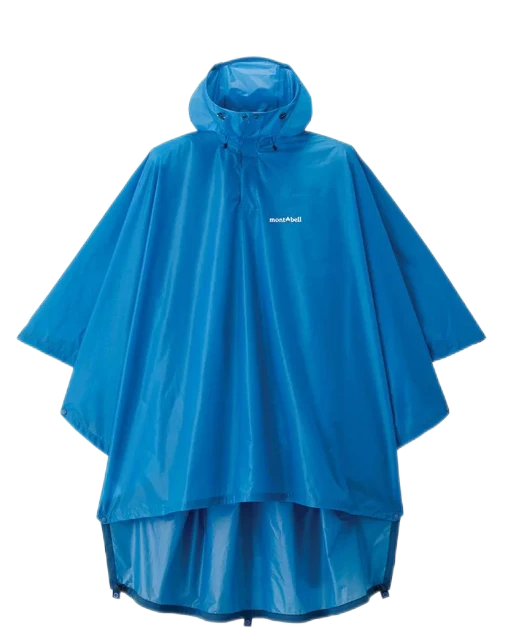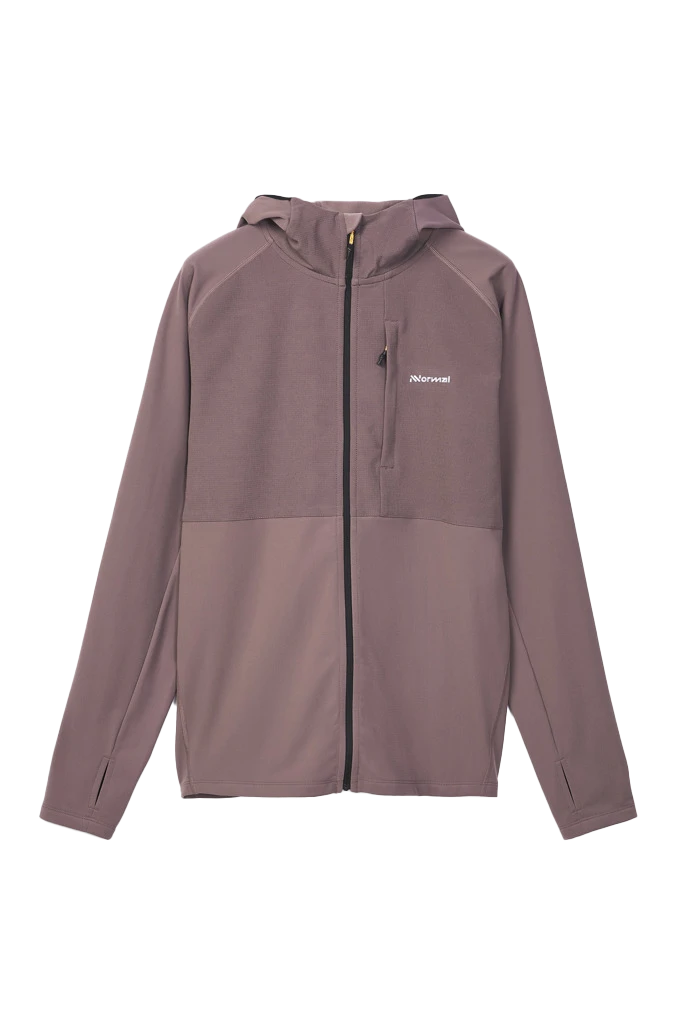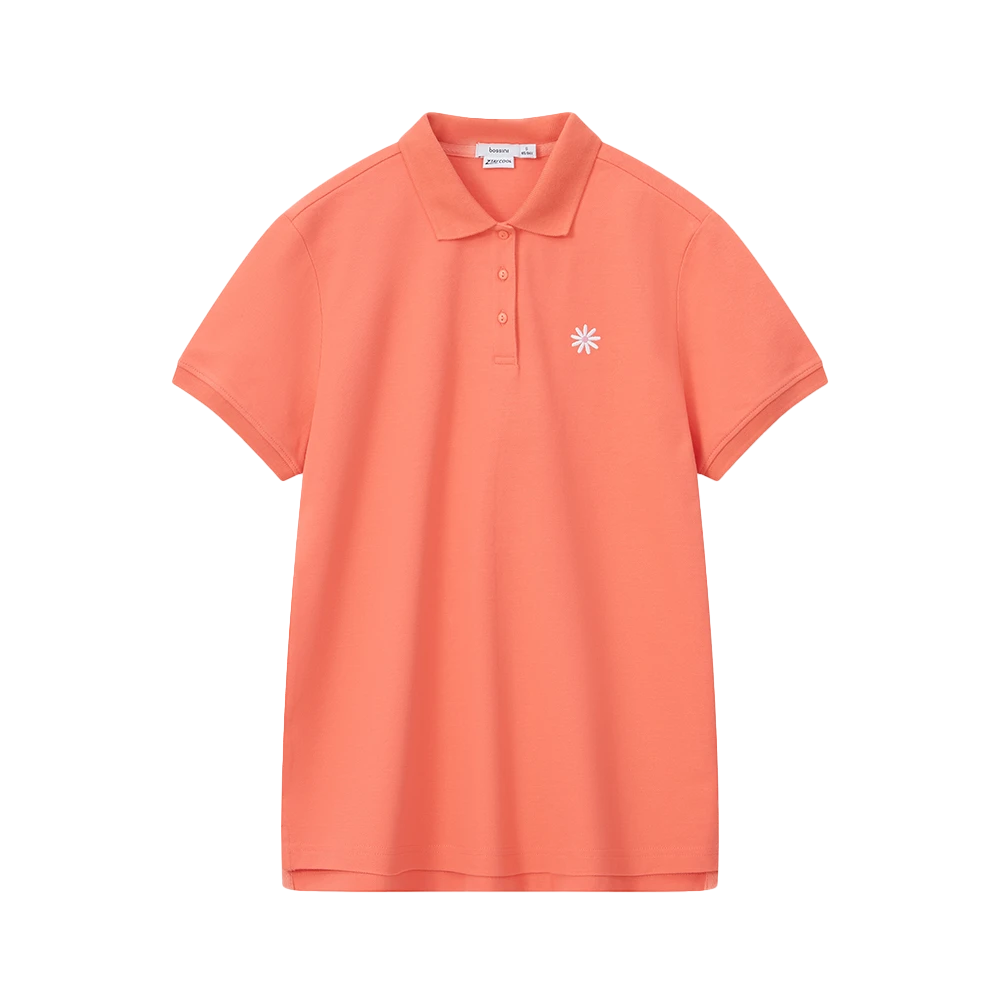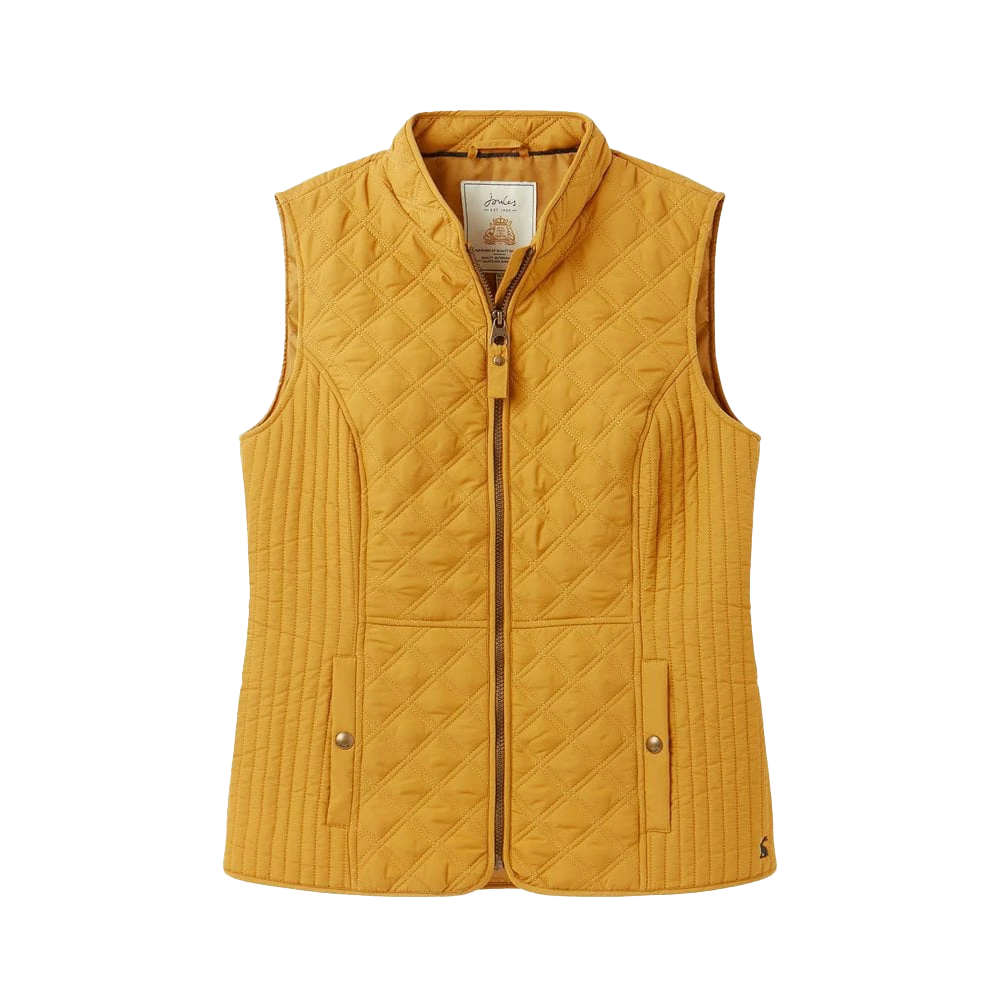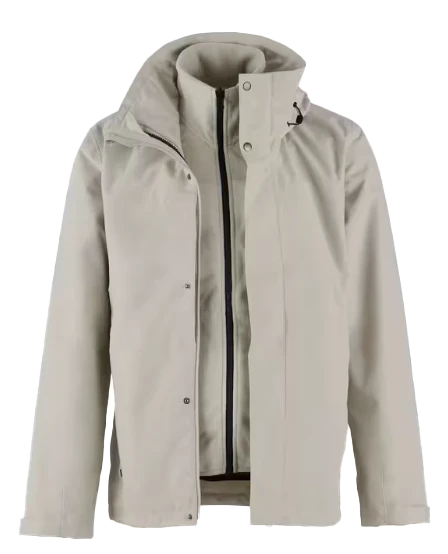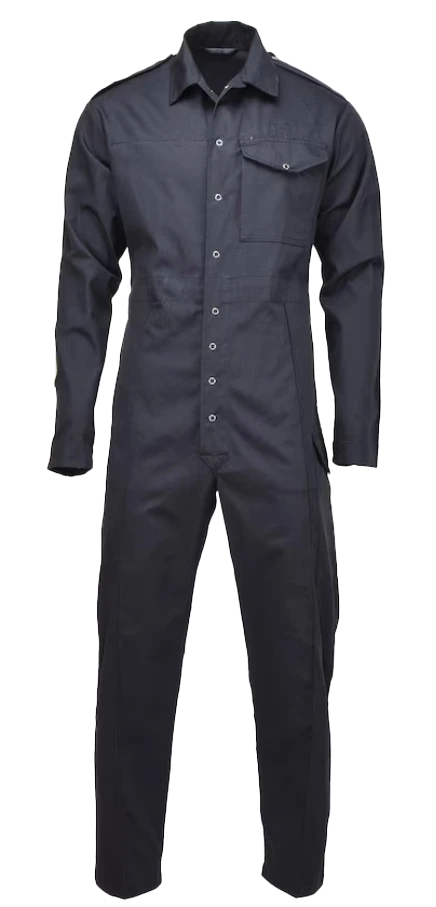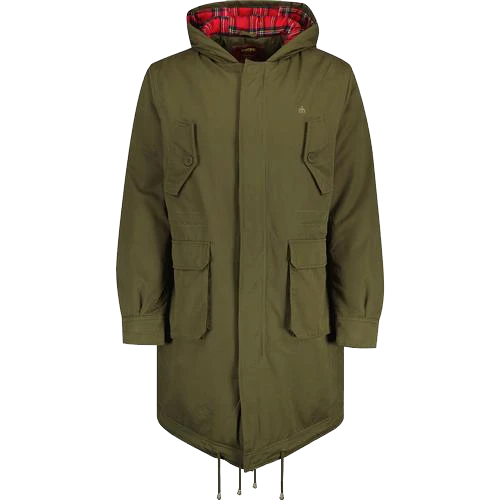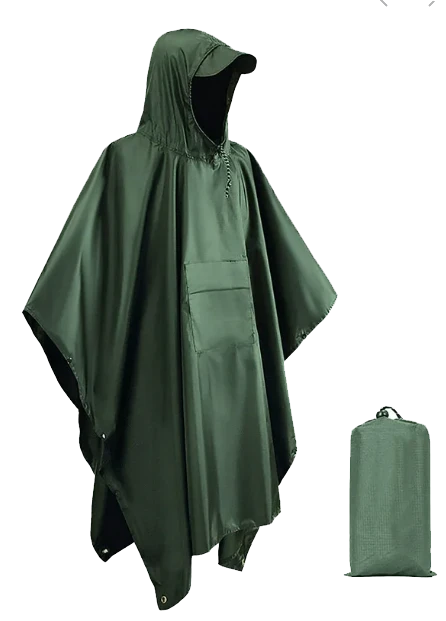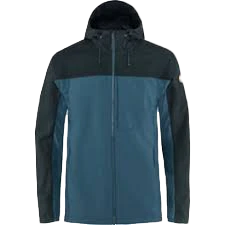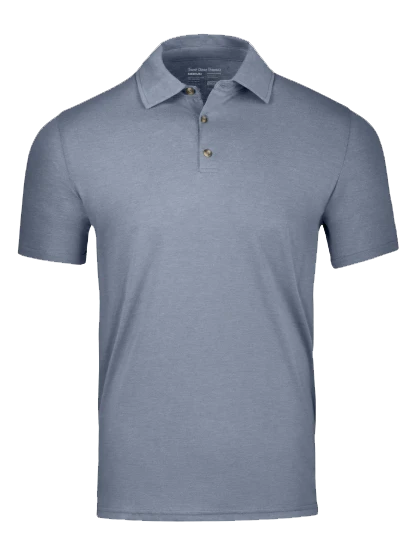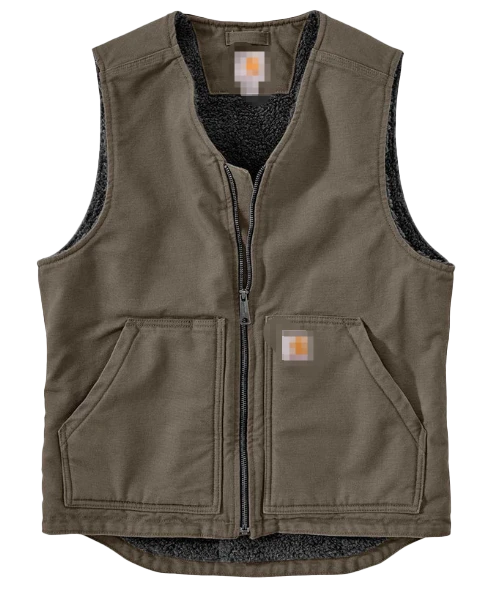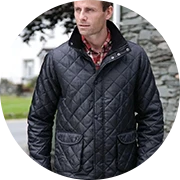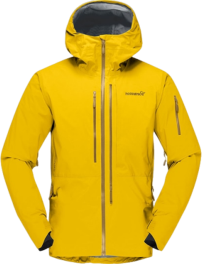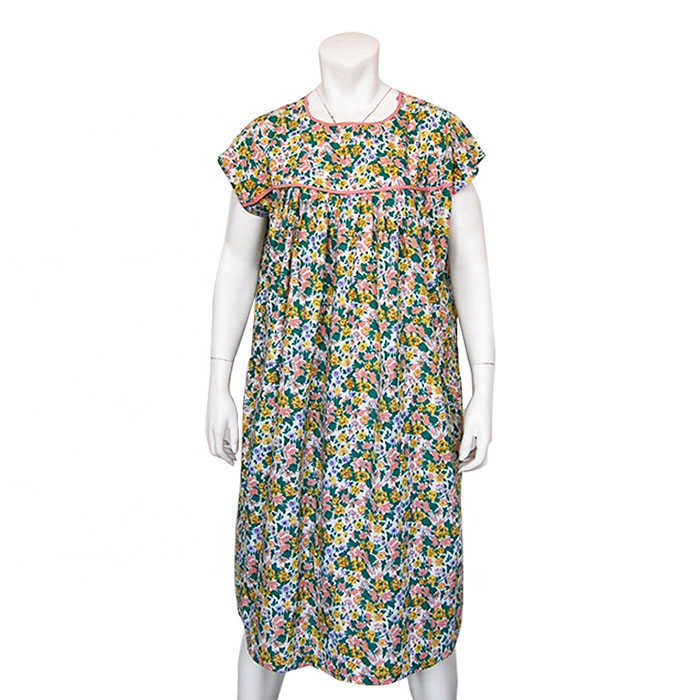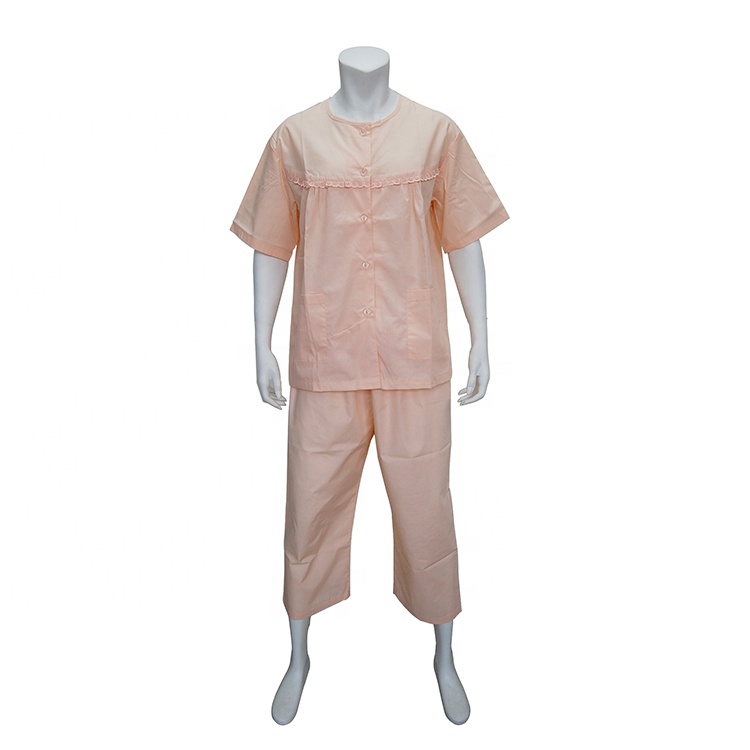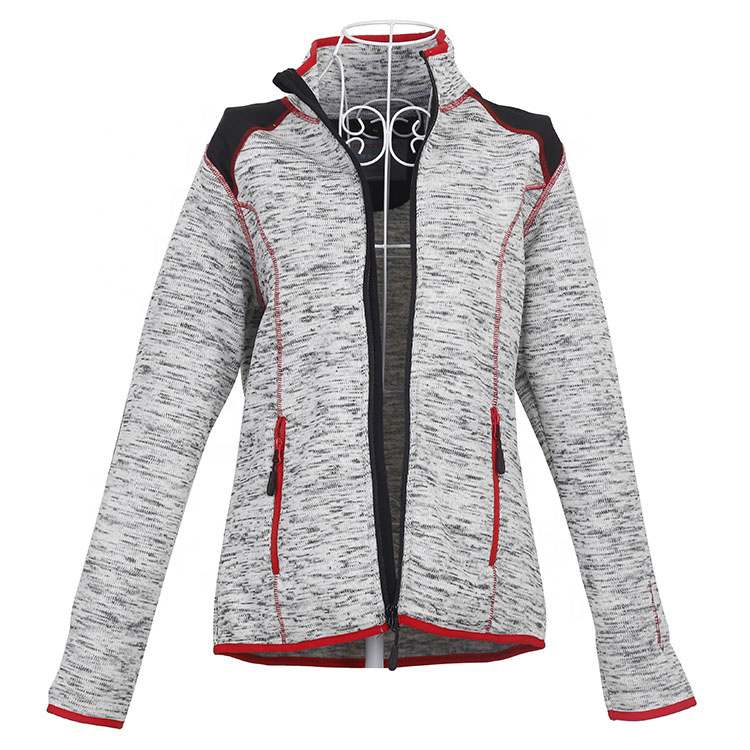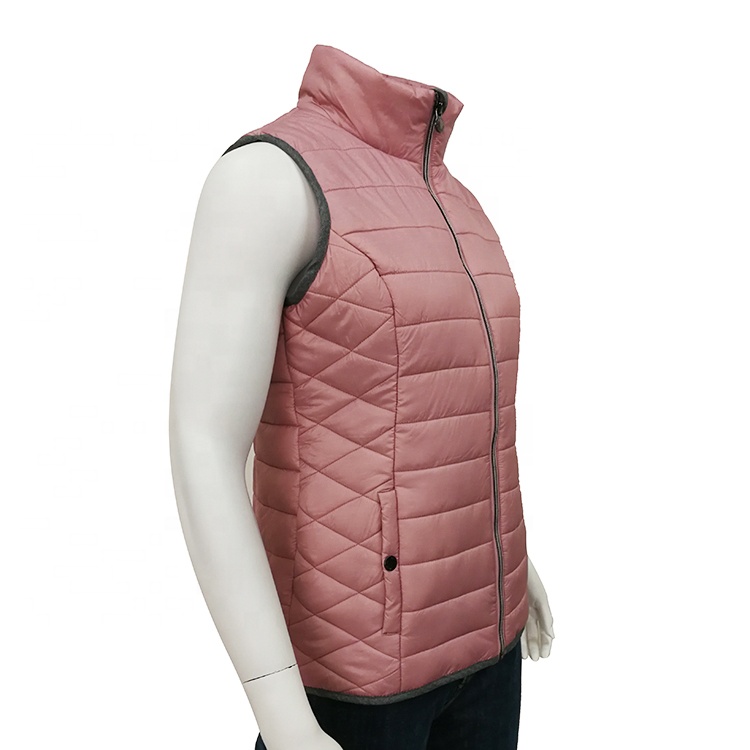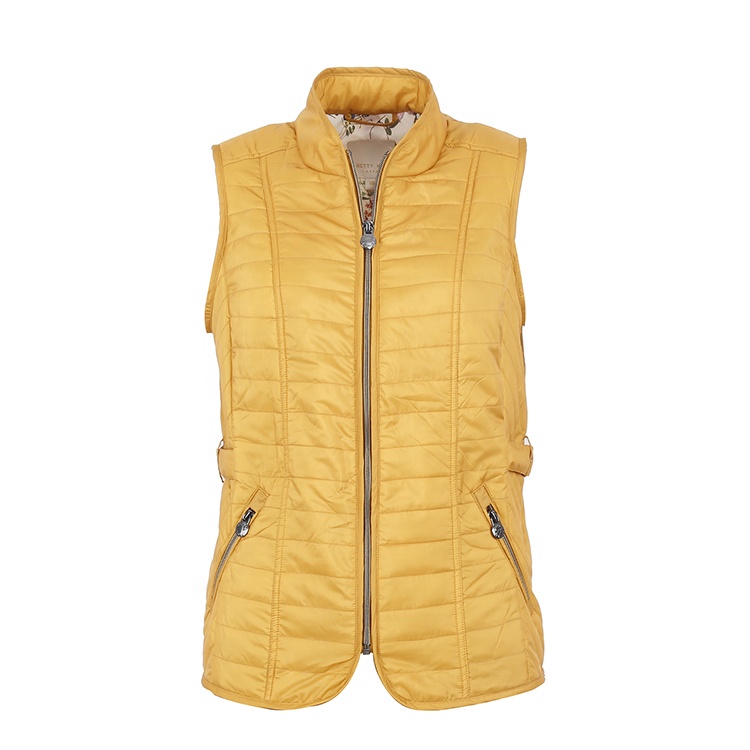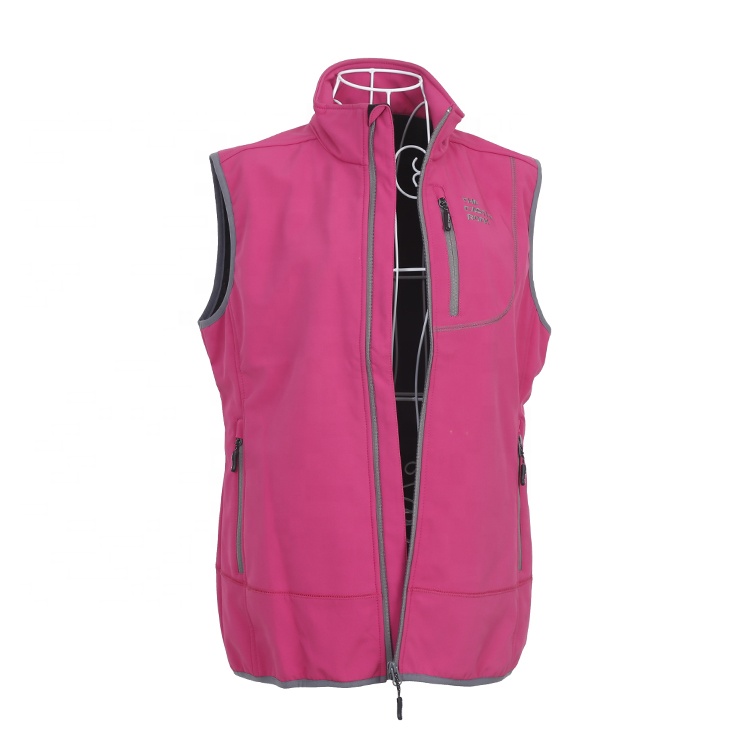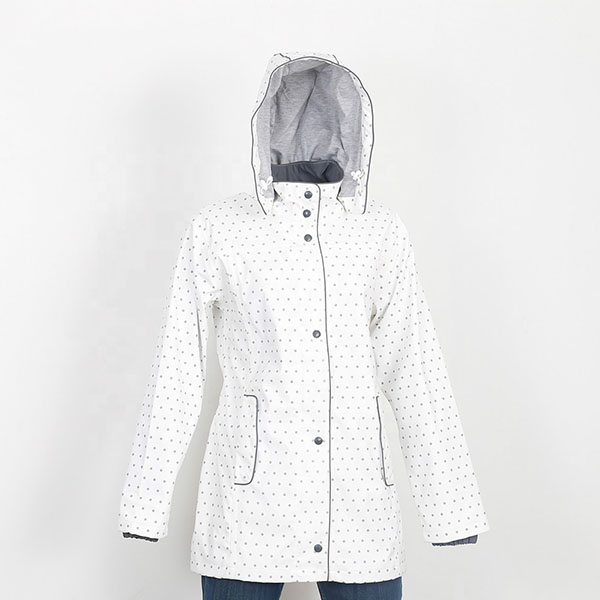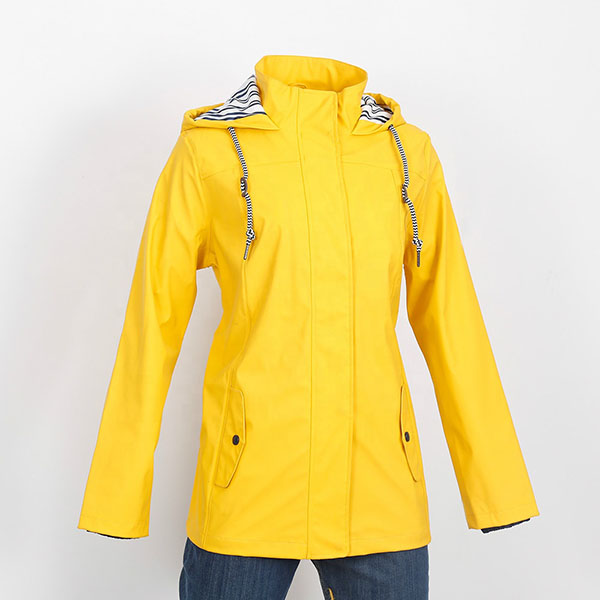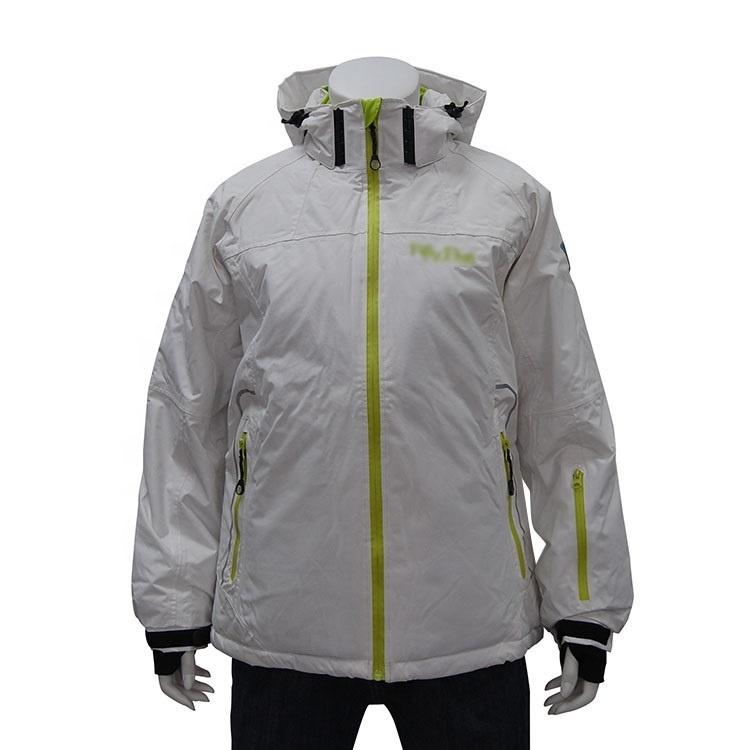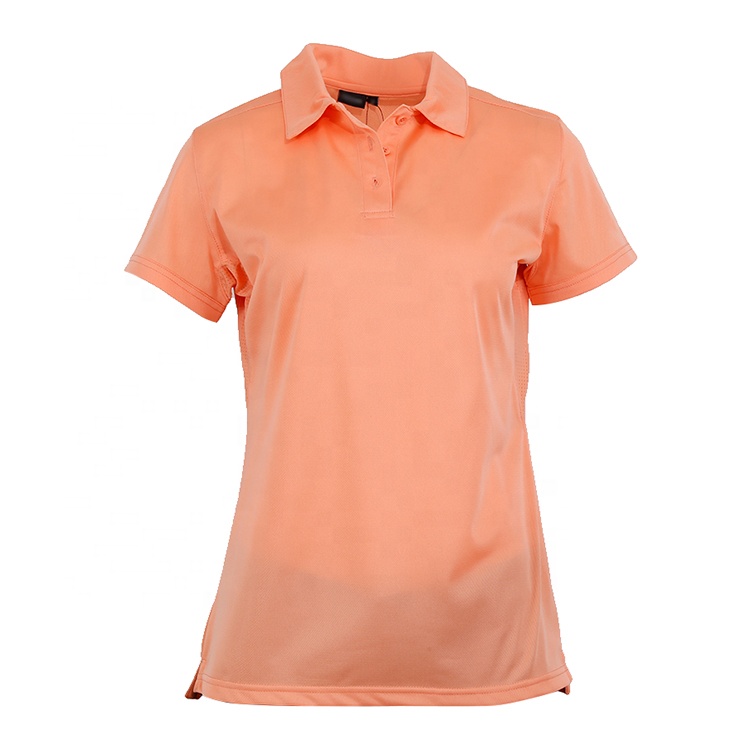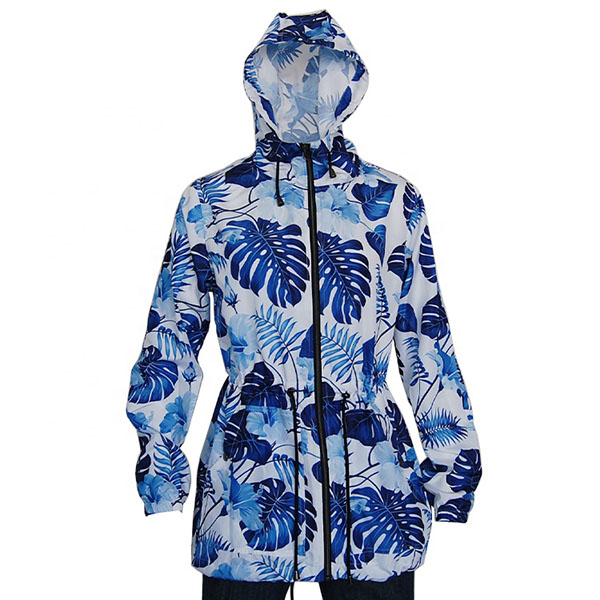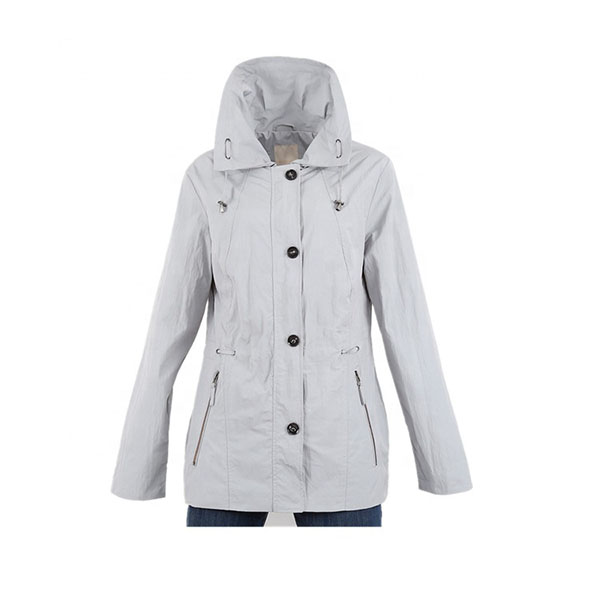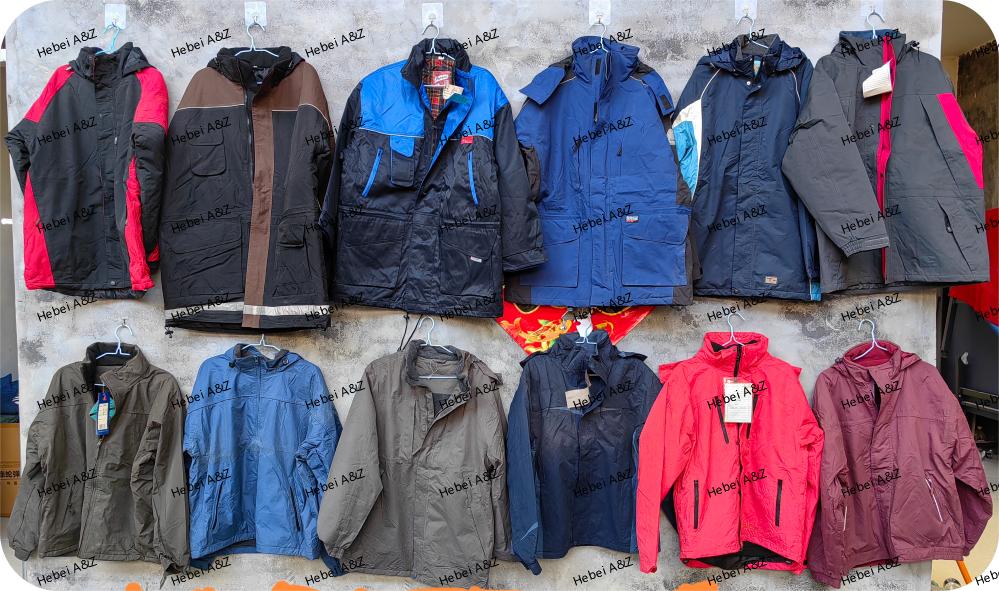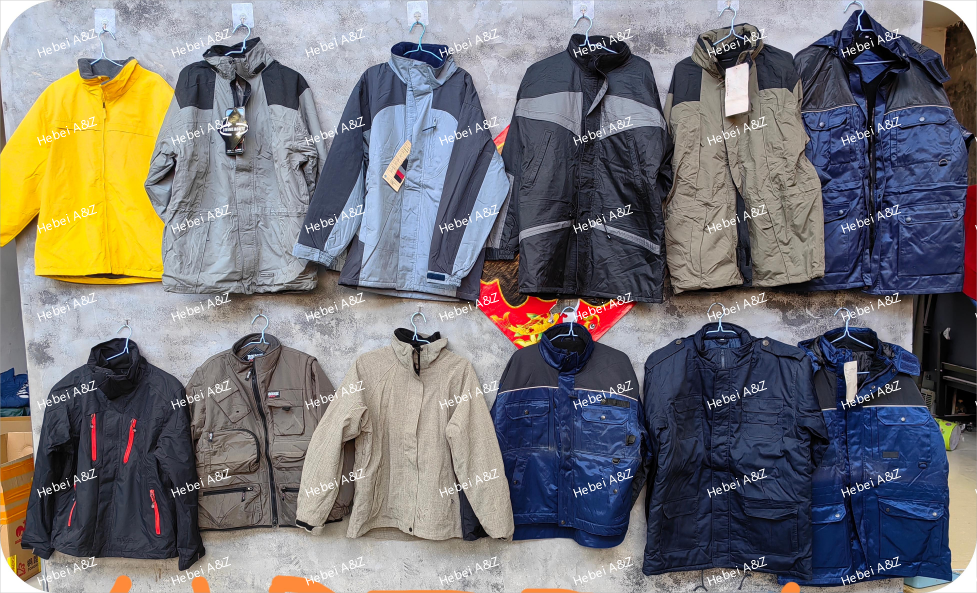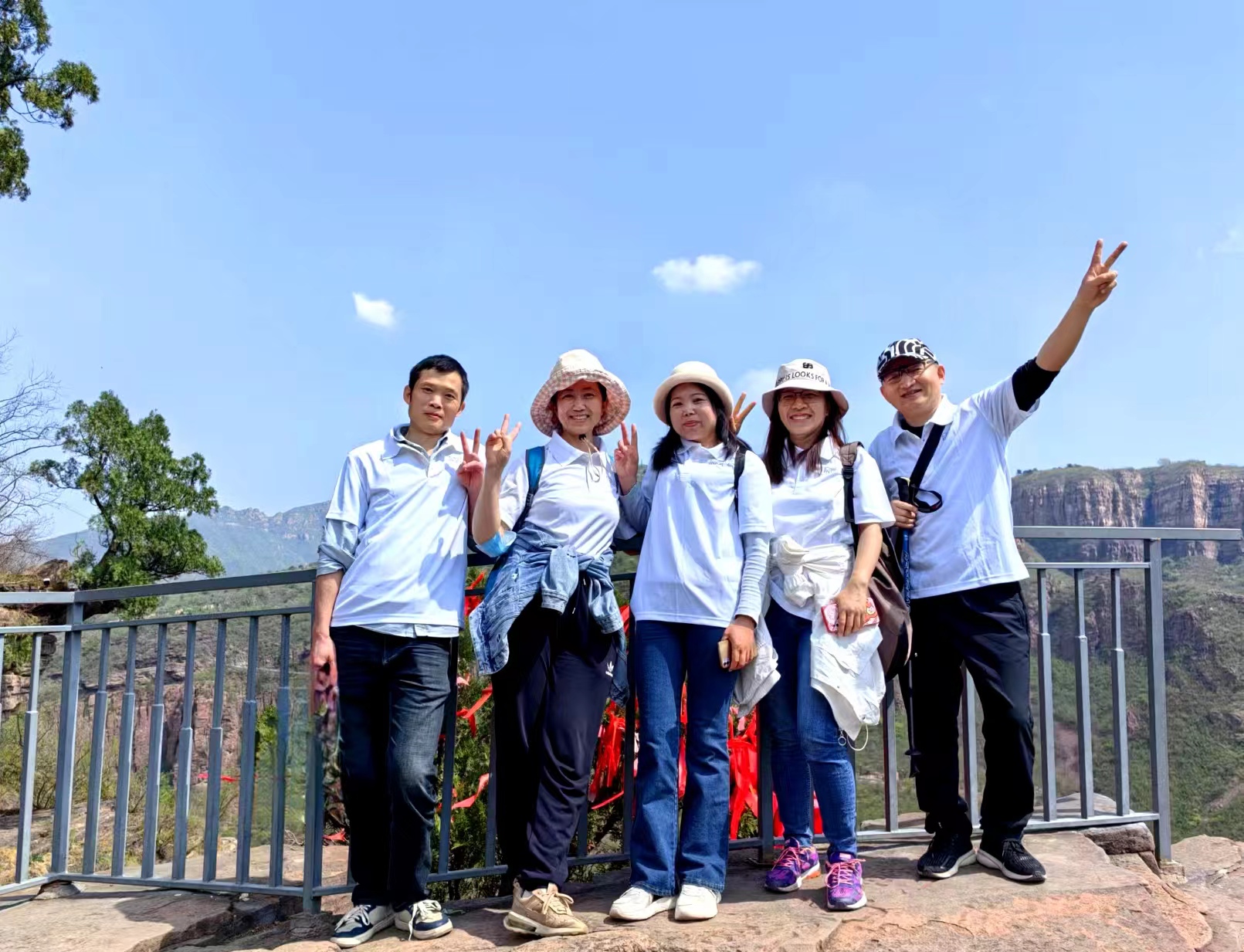The Imperative of Advanced Outdoor Gear: Understanding the Modern Waterproof Ski Jacket
In the dynamic and often unforgiving realm of outdoor sports and professional cold-weather operations, the demand for high-performance protective apparel has escalated beyond mere comfort, becoming a critical factor for safety and operational efficiency. At the vanguard of this specialized segment stands the waterproof ski jacket, an indispensable garment engineered to defy the harshest elements while simultaneously ensuring optimal comfort, mobility, and thermal regulation. Its utility has transcended its recreational origins, finding widespread application in sectors requiring robust protection against moisture, biting winds, and extreme cold. From the precision demands of competitive alpine skiing and the endurance challenges of high-altitude mountaineering to the rigorous protocols of professional search-and-rescue missions and the logistical complexities of cold-chain industries, the efficacy of a jacket's waterproofing, breathability, and insulation directly impacts the wearer's safety, performance longevity, and overall endurance. As manufacturers continue to push the frontiers of textile science and ergonomic design, a comprehensive understanding of the intricate technical specifications, innovative manufacturing methodologies, and diverse application scenarios of these advanced garments becomes paramount for B2B stakeholders, procurement specialists, and technical personnel aiming to secure superior solutions for their teams. This detailed guide aims to elucidate the core aspects of contemporary waterproof ski jackets, offering profound insights into prevailing industry trends, groundbreaking technological advancements, stringent quality benchmarks, and the unparalleled value proposition they deliver in demanding operational environments.
The evolution of protective outdoor apparel has been relentlessly driven by an unwavering pursuit of enhanced performance characteristics, striving to achieve a delicate yet crucial equilibrium between absolute impermeability and essential breathability. Early iterations of waterproof outerwear often attained water resistance at a significant cost to ventilation, frequently leading to uncomfortable internal condensation and subsequent chilling. However, the advent of cutting-edge fabric technologies, exemplified by sophisticated membrane laminates and highly effective DWR (Durable Water Repellent) finishes, has fundamentally reshaped the industry's capabilities. These groundbreaking innovations empower garments such as the modern waterproof ski jacket to effectively repel external liquid moisture while simultaneously facilitating the expulsion of internal water vapor, thereby consistently maintaining a dry and comfortable microclimate within the garment. This critical dual functionality is indispensable for preventing hypothermia in profoundly cold and wet conditions and for ensuring sustained comfort during periods of high-exertion activity. For businesses and organizations operating in severe weather conditions or highly demanding environments, the strategic investment in such technologically advanced gear is far more than a matter of convenience; it represents a proactive and strategic decision to safeguard personnel, optimize operational efficiency, and rigorously adhere to stringent safety and compliance regulations. Throughout this discourse, we will meticulously explore how these technical marvels are conceived, meticulously produced, and strategically deployed to meet the exacting demands of various professional and recreational applications, guaranteeing that every user remains supremely protected, exceptionally productive, and optimally positioned for peak performance even in the most challenging outdoor scenarios.
Industry Trends and Market Dynamics Driving Innovation in Outdoor Apparel
The global market for high-performance outdoor apparel, particularly within specialized segments like the waterproof ski jacket sector, is currently experiencing a period of robust and sustained growth, fueled by several converging and impactful trends. A significant driver is the increasing consumer and corporate demand for products that are not only durable and versatile but also environmentally sustainable, prompting manufacturers to prioritize innovation in eco-friendly materials and responsible production processes. According to a comprehensive market analysis by Grand View Research, the global outdoor apparel market was valued at a substantial USD 17.5 billion in 2022 and is confidently projected to expand at a Compound Annual Growth Rate (CAGR) of 5.5% from 2023 to 2030. This impressive growth trajectory is primarily attributed to the escalating global participation in diverse outdoor recreational activities and a heightened awareness concerning health and fitness. Within this burgeoning market, the demand for specialized protective garments, including the highly sought-after mens waterproof ski jacket and the advanced waterproof insulated ski jacket, is particularly pronounced, reflecting a clear trend towards the professionalization of outdoor pursuits and an intensified focus on safety, comfort, and performance in increasingly adverse conditions. Emerging trends, while still evolving, include the exploration of smart technologies, such as integrated sensors for real-time performance monitoring or adaptable heating elements, though these currently occupy a niche market. A more pervasive and impactful trend is the relentless pursuit of superior membrane technology, aiming to achieve unprecedented waterproof ratings without any compromise on critical breathability, alongside the widespread adoption of recycled, bio-based, or otherwise sustainable fabrics to significantly mitigate environmental footprints across the supply chain.
Furthermore, the market landscape is notably characterized by a discernible shift towards multi-functional design philosophies, where a singular garment is meticulously engineered to serve diverse purposes across varying weather conditions or activity intensities. This inherent adaptability is profoundly valuable for professional users and organizations that require highly versatile gear to meet a broad spectrum of operational needs efficiently. The concurrent rise of direct-to-consumer (D2C) brands and sophisticated bespoke customization services also signals a maturation of the market, offering greater choice and hyper-specialized solutions to end-users and B2B clients alike. For corporate buyers and procurement managers, this translates into unprecedented opportunities for tailored product acquisition that precisely aligns with specific organizational requirements, whether it involves large-scale outfitting for expeditions or the provision of highly specialized industrial safety wear. Manufacturers are increasingly demonstrating a commitment to vertical integration and enhanced supply chain transparency, providing greater assurance of ethical sourcing, rigorous quality control, and adherence to social responsibility. This holistic evolution underscores a profound commitment not merely to peak performance but also to responsible and sustainable manufacturing practices, making the decision to invest in advanced outdoor apparel like a waterproof puffer ski jacket a clear reflection of an organization's core values and its dedication to sustainability, harmoniously alongside its paramount operational efficacy. The intricate interplay of continuous technological innovation, evolving consumer preferences, and a growing environmental consciousness collectively continues to define and elevate the trajectory of the outdoor apparel industry, consistently setting new and higher benchmarks for product quality, performance, and corporate responsibility.
Technical Parameters and Performance Metrics of High-Performance Waterproof Ski Jackets
A profound understanding of the intricate technical specifications that define a high-performance waterproof ski jacket is absolutely paramount for effective procurement and optimal application in the most demanding operational environments. These critical parameters move beyond subjective marketing claims, providing verifiable and quantifiable performance data that dictates a jacket's precise suitability for specific conditions and user requirements. The two most fundamental and widely recognized metrics are waterproofness and breathability, both of which are invariably expressed in precise quantitative terms. Waterproofness is conventionally measured in millimeters (mm) of water column, a standard derived from a hydrostatic head test. This value precisely indicates the height of a column of water that a fabric can withstand before any water begins to permeate or penetrate its barrier. For instance, a rating of 10,000mm signifies that the fabric can effectively resist 10 meters of water pressure. For conditions characterized by severe precipitation, prolonged exposure, or extreme wetness, a rating of 15,000mm to 20,000mm or even higher is generally considered indispensable for reliable protection. Conversely, breathability quantifies the fabric's capacity to allow water vapor (perspiration) to escape from the interior of the jacket to the external environment. This is typically expressed in grams per square meter per 24 hours (g/m²/24h), widely known as MVTR (Moisture Vapor Transmission Rate) or, alternatively, as a Resistance to Evaporative Heat Transfer (RET) value. Higher MVTR values (e.g., 10,000 g/m²/24h or more) denote superior breathability, a characteristic critically important for high-output activities to prevent the detrimental accumulation of internal moisture and subsequent chilling of the wearer. A lower RET value (e.g., typically
Beyond these foundational metrics, a myriad of other sophisticated technical parameters contribute significantly to the comprehensive performance profile of any high-performance outdoor jacket, including specialized variants like a waterproof down ski jacket or a waterproof puffer ski jacket. These encompass the specific type of waterproof and breathable membrane employed (e.g., expanded Polytetrafluoroethylene (ePTFE) like Gore-Tex, or advanced Polyurethane (PU)-based laminates), the fabric's denier (a critical measure of fiber thickness, density, and overall durability), the type and quality of insulation utilized (e.g., high-fill-power natural down, advanced synthetic fills like PrimaLoft, or innovative hybrid combinations), and the absolutely critical feature of seam sealing. Fully taped seams are an imperative for ensuring that water does not penetrate through the garment's stitching, which represents a common vulnerability in conventionally sewn garments. Zippers, another potential point of water ingress, must either be inherently water-resistant (e.g., YKK AquaGuard) or meticulously protected by robust storm flaps. The DWR (Durable Water Repellent) finish meticulously applied to the outer face fabric surface is crucial as it prevents water from saturating the face fabric itself, thereby preserving the garment's breathability and preventing it from becoming heavy when wet. Furthermore, the holistic construction, encompassing articulated designs for unrestricted freedom of movement, adjustable cuffs, hems, and helmet-compatible hoods, along with strategically positioned pockets and ventilation zips, all collectively contribute to the jacket's highly functional design, optimal thermal regulation, and superior user experience. Understanding these multifaceted technical attributes empowers B2B buyers to render meticulously informed decisions, ensuring that the procured waterproof insulated ski jacket precisely satisfies the rigorous demands of its intended application, whether deployed in extreme alpine environments, for critical professional rescue operations, or for less intense yet equally demanding cold-weather industrial tasks.
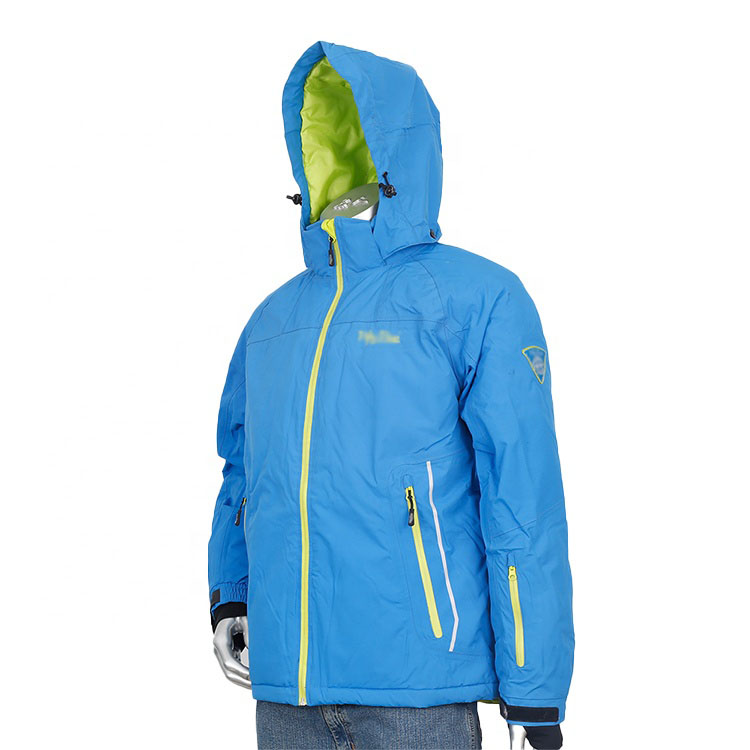
Comparative Table of Key Performance Parameters for Waterproof Ski Jackets
Advanced Manufacturing Processes of Waterproof Ski Jackets
The production of a truly high-quality waterproof ski jacket represents a sophisticated fusion of cutting-edge material science and precision engineering, diverging significantly from conventional garment manufacturing. The intricate process typically commences with the scrupulous selection of high-performance technical fabrics. The primary material for the outer shell is frequently a durable derivative of nylon or polyester, meticulously chosen for its inherent abrasion resistance and its proven capacity to withstand protracted exposure to harsh environmental elements. Crucially, these outer fabrics undergo an initial, paramount treatment with a DWR (Durable Water Repellent) finish. This specialized finish causes liquid water to bead up and effortlessly roll off the fabric surface, critically preventing the outer layer from becoming saturated. This initial DWR application is vital as it preserves the fabric's intrinsic breathability by preempting the detrimental phenomenon of "wetting out." Positioned beneath this outer fabric lies the pivotal waterproof and breathable membrane, which serves as the core of the jacket's protective capability. Predominant membrane technologies include expanded Polytetrafluoroethylene (ePTFE), famously utilized in products like Gore-Tex, or advanced Polyurethane (PU) laminates. These membranes are ingeniously structured with microscopic pores, meticulously sized to effectively block liquid water molecules while simultaneously allowing significantly smaller water vapor molecules (perspiration) to permeate, thereby ensuring both robust waterproofing and essential breathability.
The assembly sequence for a waterproof insulated ski jacket is inherently highly specialized, placing paramount emphasis on uncompromising seam integrity to decisively prevent any water ingress. In stark contrast to standard sewing techniques where needle perforations can fundamentally compromise waterproofing, technical jackets leverage advanced seam sealing methodologies. Following the precise cutting and meticulous sewing of garment panels, all seams are rigorously taped with high-performance, heat-activated adhesive tapes. This sophisticated process, often automated for unparalleled precision and consistency, creates an impenetrable barrier at every single stitch line, rendering the jacket genuinely waterproof at its most vulnerable points. For insulated variants, the selected insulation material—whether responsibly sourced down, state-of-the-art synthetic fills like PrimaLoft, or innovative hybrid constructions—is meticulously integrated between the protective outer shell and the comfortable inner lining. This multi-layered construction, commonly referred to as 2-layer, 2.5-layer, or 3-layer systems, profoundly dictates the garment's overarching durability, inherent weight, and comprehensive performance characteristics. Rigorous quality control protocols are implemented at every stage of the manufacturing process, encompassing critical hydrostatic head tests to definitively verify waterproofness (e.g., adhering to ISO 811 standards), MVTR tests for breathability (e.g., conforming to ISO 11092 standards), and demanding wear tests to ascertain longevity and ergonomic functionality. Strict compliance with international standards such as ISO 9001 for quality management systems is routinely verified. A well-maintained waterproof ski jacket, manufactured to these exacting standards, can boast an extended service life spanning many years, contingent on the intensity of usage, thereby representing a sustainable and highly cost-effective investment for both professional and recreational users operating in severe outdoor conditions. This meticulous attention to superior material selection and precise construction culminates in a jacket that delivers unwavering reliable protection and unparalleled comfort even in the most challenging and unpredictable environments.
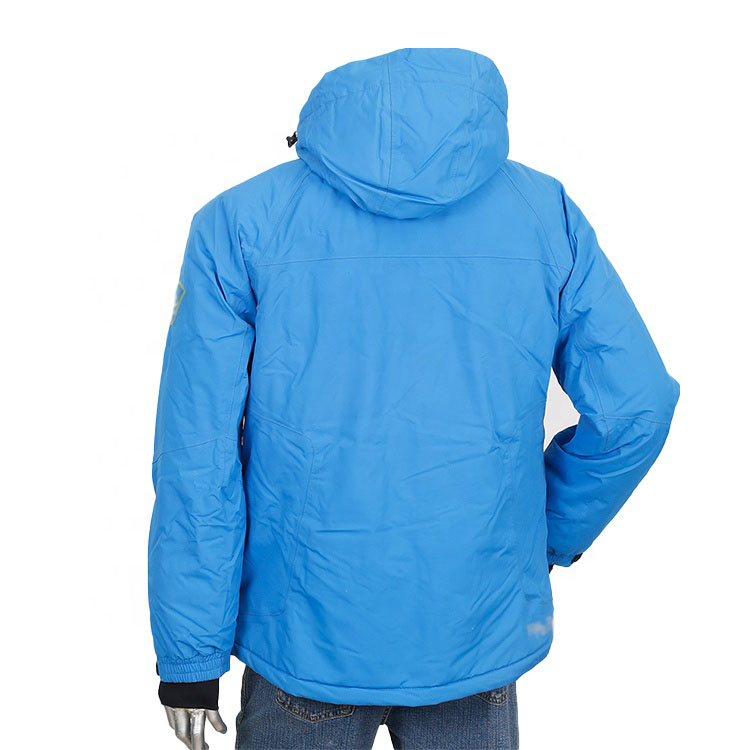
Key Application Scenarios and Performance Advantages of Waterproof Ski Jackets
The profound utility of a waterproof ski jacket extends significantly beyond the confines of typical ski slopes, establishing it as an unequivocally critical piece of equipment across a broad spectrum of demanding professional and recreational applications. Its core, indispensable attributes—which include superior waterproofing, exceptional breathability, and highly effective insulation—are paramount in environments where uncompromised protection from intensely cold, wet, and relentlessly windy conditions is an absolute necessity. Within the domain of alpine sports, encompassing downhill skiing, snowboarding, and arduous backcountry touring, the jacket provides essential protection against heavy snowfall, biting sleet, and freezing rain, while simultaneously facilitating the efficient escape of perspiration during periods of strenuous physical activity, thereby preventing critical chilling. For dedicated mountain guides, vigilant ski patrollers, and specialized search-and-rescue teams, the inherent durability and unwavering reliability of a mens waterproof ski jacket are non-negotiable prerequisites, ensuring their unwavering ability to perform critical tasks safely and with optimal effectiveness even in the face of unpredictable and rapidly changing high-altitude weather phenomena. The meticulously articulated design and the inherent freedom of movement engineered into these jackets are vital for activities necessitating dynamic motion, ranging from expertly navigating challenging and uneven terrain to executing complex technical maneuvers with precision.
Beyond their traditional applications in winter sports, waterproof ski jackets are being increasingly adopted and integrated into various cold-weather industrial and operational sectors. Consider, for instance, professions within the logistics industry, particularly those involved in cold storage facilities or extensive outdoor operations in severe arctic and sub-arctic climates, where workers routinely face prolonged exposure to sub-freezing temperatures and the potential for accumulating ice and condensation. In such rigorous settings, the robust construction and superior thermal efficiency provided by a waterproof down ski jacket or a waterproof puffer ski jacket translate directly into significantly enhanced worker safety and markedly improved productivity by effectively mitigating the prevalent risks of hypothermia, frostbite, and general discomfort. Similarly, for intrepid scientific expeditions venturing into polar regions, cutting-edge extreme weather research endeavors, or even for emergency services personnel responding to critical incidents during winter months, these jackets provide the absolutely necessary multi-faceted barrier against severe environmental stressors. The remarkable ability of these advanced garments to consistently maintain a stable and dry internal microclimate, preventing both external moisture ingress and internal condensation buildup, leads to profound advantages such as significantly increased user comfort, sustained energy levels throughout prolonged shifts, and a substantially reduced risk of cold-related injuries or ailments. This comprehensive protective capability ultimately enhances overall operational efficiency, boosts morale, and ensures uncompromised safety across a diverse array of challenging and demanding scenarios, definitively proving that these jackets are not merely consumer goods but rather vital, high-performance professional tools indispensable for mission success.
Technical Advantages and Innovative Features Driving Performance
The unparalleled, cutting-edge performance inherent in a modern waterproof ski jacket is a direct culmination of a sophisticated confluence of advanced material science, innovative design methodologies, and meticulously precise construction techniques. One primary and often understated technical advantage lies in the highly sophisticated layering systems that are expertly employed within these garments. Beyond the crucial outer DWR-treated face fabric and the central waterproof and breathable membrane, many high-performance jackets seamlessly integrate advanced insulation technologies. Synthetic insulations, such as PrimaLoft or Thinsulate, offer exceptional warmth-to-weight ratios and, critically, retain their insulating properties even when exposed to damp conditions, making them ideally suited for high-humidity cold environments where moisture is prevalent. Natural down, particularly down treated with hydrophobic coatings, provides unparalleled warmth for its minimal weight and superior compressibility, making it the preferred choice for extremely cold and dry conditions. The strategic and intelligent placement of different types of insulation, a technique often referred to as "body mapping," ensures optimal thermal regulation across the wearer's body, providing concentrated warmth where it is most needed (e.g., core and vital organs) and allowing for less insulation or enhanced ventilation where cooling is beneficial (e.g., underarms). This intelligent design approach significantly contributes to both the wearer's comfort and their energy efficiency during prolonged activity.
Further technical advantages are evident in the meticulous integration of highly durable yet remarkably lightweight fabrics, frequently incorporating advanced ripstop weaves to prevent tears and resist abrasions from sharp objects or rough surfaces. Ergonomic design principles are another absolutely critical aspect, with meticulously articulated sleeves and shoulders specifically engineered to ensure unrestricted freedom of movement, a factor crucial for demanding activities such as skiing, mountaineering, or other dynamic professional tasks. Integrated features like helmet-compatible hoods, often equipped with multi-point adjustment systems, provide highly customizable and comprehensive protection against diverse elements, ensuring clear peripheral vision. Advanced ventilation systems, typically comprising strategically placed pit zips and mesh-lined pockets, facilitate rapid heat dumping during periods of high exertion, allowing the wearer to regulate their core temperature effectively without compromising the jacket’s integral waterproof integrity. Specialized powder skirts, frequently removable or designed to integrate seamlessly with compatible pant systems, expertly prevent snow from entering the jacket from below, maintaining dryness. High-quality waterproof zippers, meticulously sealed seams, and robust hardware further enhance the jacket's overall resilience and structural integrity against the most challenging environmental conditions. The cumulative effect of these meticulously engineered and thoughtfully integrated features is a waterproof ski jacket that not only offers uncompromisingly robust protection but also profoundly optimizes performance, maximizes comfort, and enhances safety for the user in the most challenging and unpredictable outdoor scenarios, thereby demonstrating a clear and measurable technical superiority over conventional outerwear alternatives.
Manufacturer Comparison and Market Analysis for Premium Outdoor Apparel
The vibrant market for high-performance outdoor apparel, specifically encompassing the sophisticated waterproof ski jacket segment, is characterized by a diverse and competitive array of manufacturers, each possessing distinct specializations, established material partnerships, and targeted demographic focuses. While specific brand names are intentionally not enumerated within this general analysis, a categorical examination of manufacturer types proves highly beneficial for B2B buyers navigating this complex landscape. Historically, established industry leaders often boast unparalleled in-house Research & Development (R&D) capabilities, leading to the development and patenting of proprietary membrane technologies and advanced insulation systems. These manufacturers consistently prioritize extreme performance and uncompromising durability, often validated through exhaustive field testing in arduous professional expeditions and elite athletic environments. Their flagship products, such as an elite waterproof down ski jacket, typically command a premium price point but offer unparalleled reliability and exceptional longevity, meticulously backed by comprehensive warranties and extensive global support networks. Furthermore, their supply chains are generally characterized by a high degree of maturity and transparency, ensuring consistent product quality and adherence to stringent ethical sourcing standards, often aligning with rigorous international certifications such as ISO 14001 for environmental management systems.
In distinct contrast, mid-tier manufacturers typically concentrate their efforts on delivering an excellent balance of performance and value at a more accessible price point. They frequently achieve this by strategically licensing well-established membrane technologies (e.g., eVent, Sympatex) or by effectively utilizing high-quality generic equivalents that meet stringent performance criteria. These companies often emphasize versatility and multi-sport functionality across their product lines, appealing to a broader spectrum of recreational enthusiasts and aspiring semi-professional users. The key differentiation in this segment frequently resides in the nuanced execution of design features, ergonomic fit, and the overall finish quality, as well as the breadth and depth of their product offerings, which may include more casual or urban-adapted options like a waterproof puffer ski jacket designed for everyday cold-weather wear. Emerging manufacturers or highly specialized OEM/ODM (Original Equipment Manufacturer/Original Design Manufacturer) partners, while potentially less globally recognized, can offer substantial advantages in terms of customization flexibility, rapid prototyping capabilities, and compelling cost-effectiveness for large-volume bulk orders. They often capitalize on agile manufacturing processes and maintain direct, strong relationships with primary material suppliers, facilitating the creation of highly tailored solutions that precisely meet specific client specifications, ranging from unique colorways and bespoke branding to entirely novel feature sets designed for niche applications. When embarking on the selection process for a manufacturing partner for waterproof insulated ski jacket procurement, B2B clients must meticulously consider not only the detailed technical specifications of the products but also the manufacturer's proven track record, their robust quality assurance protocols, the scalability of their production capabilities, and their unequivocal commitment to comprehensive post-sales support, including readily available repair services and spare parts. This holistic and multi-faceted evaluation ensures the establishment of a reliable and enduring partnership that consistently delivers high-quality, purpose-built protective apparel, thereby safeguarding long-term investment value.
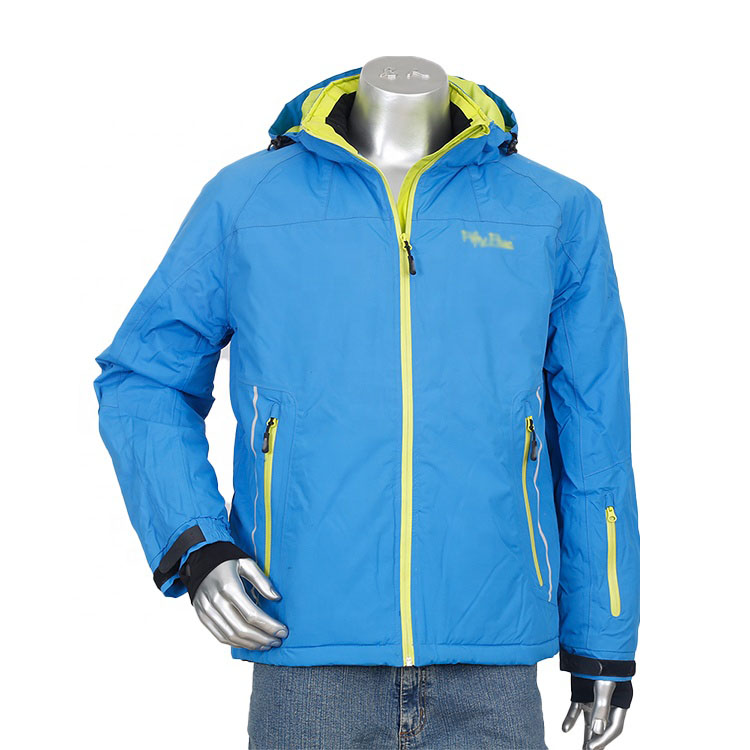
Custom Solutions and OEM/ODM Capabilities for Specialized Apparel Needs
For discerning B2B entities, particularly those with distinct requirements for specific functional enhancements, corporate branding integration, or large-volume procurement, strategically engaging with manufacturers that offer comprehensive custom solutions and robust OEM (Original Equipment Manufacturer) or ODM (Original Design Manufacturer) services for their waterproof ski jacket product lines can yield highly significant advantages. OEM services fundamentally involve the manufacturing of products strictly based on a client's pre-existing, proprietary designs and detailed specifications. This model is exceptionally well-suited for companies that possess unique intellectual property in their designs or require precise replication and consistent production of an already successful product line. Conversely, ODM services entail that the manufacturer undertakes both the design and production of the product, which is then subsequently rebranded and marketed by the client. This latter option is particularly advantageous for clients seeking extensive and comprehensive product development support, spanning from initial concept ideation through to large-scale mass production, especially if they lack significant in-house design or manufacturing capabilities. A paramount benefit inherent in both OEM and ODM models is the unparalleled ability to meticulously tailor product specifications, including but not limited to fabric selections, precise insulation types, the integration of specific operational features (e.g., specialized pockets designed for radio communication equipment, strategically reinforced high-wear areas), and comprehensive branding elements such as corporate logos, custom colorways, and bespoke labeling. This profound level of customization ensures that the final product flawlessly aligns with an organization's specific operational requirements, stringent safety protocols, and cherished brand identity, vastly exceeding the inherent limitations of standard, off-the-shelf product options.
The meticulous process of developing a custom waterproof insulated ski jacket or a substantial fleet of mens waterproof ski jacket units typically unfolds through several critical and collaborative stages. It commences with an in-depth and detailed consultation session, aiming to comprehensively define all performance requirements, anticipated environmental conditions, specific user profiles, and desired aesthetic preferences. This foundational phase is subsequently followed by expert material selection, leveraging the manufacturer's profound expertise in advanced technical textiles and innovative laminates to identify the optimal combinations for waterproofing, breathability, durability, and insulation performance. Subsequent design and prototyping phases allow for an iterative refinement process, ensuring precise ergonomic fit, seamless integration of functional features, and appealing aesthetic design. Rigorous testing of prototypes under both simulated and real-world conditions is then conducted to unequivocally validate performance before the commencement of mass production. Reputable manufacturers with robust OEM/ODM capabilities frequently hold crucial certifications such as ISO 9001 for quality management, which guarantees consistent product quality and unwavering adherence to specified parameters across extensive production runs. The benefits derived from these bespoke solutions extend far beyond mere product customization; they encompass significant cost efficiencies achieved through economies of scale, remarkably streamlined supply chain management, and invaluable access to advanced manufacturing technologies that might otherwise be prohibitively expensive or unavailable to smaller enterprises. Choosing a distinguished and reliable OEM/ODM partner is a strategic business decision that powerfully empowers organizations to equip their teams with purpose-built, high-performance waterproof ski jacket solutions that consistently deliver superior value, unparalleled protection, and enhanced operational effectiveness in even the most demanding operational contexts.
Real-World Application Case Studies and Success Stories
The tangible and measurable benefits of strategically investing in high-quality waterproof ski jacket technology are most powerfully elucidated through compelling real-world application case studies, which vividly demonstrate enhanced safety outcomes, increased productivity, and remarkable resilience in the face of persistently challenging operational environments. These examples provide concrete evidence of the practical advantages of superior apparel.
Case Study 1: Arctic Research Expedition Uniforms
A distinguished scientific research institution embarking on multi-year, highly complex expeditions to the remote Arctic regions faced a critical challenge: securing a uniform solution for their field scientists that offered unparalleled, consistent protection against extreme cold, relentless blizzards, and pervasive moisture. Standard, off-the-shelf garments proved profoundly inadequate for the demands of prolonged exposure and the rigorous physical requirements of specialized fieldwork. In response, the institution strategically partnered with a highly specialized OEM manufacturer, meticulously developing a custom waterproof down ski jacket solution tailored precisely to their unique needs. These bespoke jackets featured an exceptionally durable 3-layer laminated fabric system, boasting an impressive 28,000mm hydrostatic head waterproof rating and an outstanding 25,000 g/m²/24h breathability score, intelligently combined with 800-fill power hydrophobic goose down insulation to maintain warmth even if exposed to condensation. Critical customizations included the integration of specialized pockets specifically designed for delicate scientific instruments, strategically reinforced elbow and shoulder areas for enhanced abrasion resistance during heavy use, and an integrated RECCO reflector for significantly enhanced safety and locatability in remote, unforgiving terrains. The feedback received from the seasoned expedition team was overwhelmingly positive and highly effusive, consistently citing exceptional warmth retention, unencumbered freedom of movement, and consistent dryness even during the most severe and protracted blizzards. This superior performance markedly improved their operational capabilities and significantly reduced physical fatigue. This critical deployment unequivocally underscored the indispensable role of purpose-built, high-performance gear in facilitating groundbreaking scientific research in some of the planet's most inhospitable and challenging climates, proving the intrinsic value of a well-engineered waterproof ski jacket.
Case Study 2: Professional Ski Patrol & Mountain Rescue Operations
A world-renowned ski resort and its highly dedicated mountain rescue team confronted persistent operational challenges with their existing outerwear, which frequently succumbed to accelerated wear and tear or compromised performance after extensive daily use across highly varied conditions, ranging from heavy, dry snowfall to slushy, wet spring conditions. Recognizing this deficiency, they proactively sought a robust, supremely reliable mens waterproof ski jacket that could withstand continuous daily abuse, provide superior, unwavering weather protection, and offer practical, intuitive features essential for professional use. The chosen solution involved a meticulously engineered, durable, 3-layer stretch fabric system boasting a formidable 20,000mm waterproof rating and a commendable 15,000 g/m²/24h breathability score, thoughtfully incorporating a highly resilient DWR finish to maintain surface repellency. Key functional features integrated into the design included strategically reinforced shoulders for comfortable carrying of skis and essential rescue equipment, dedicated radio pockets for seamless communication, helmet-compatible hoods for comprehensive head protection, and highly visible color options crucially important for safety and recognition in emergency situations. Ski patrol members reported a marked and immediate improvement in overall durability, sustained comfort, and enhanced operational efficiency. They specifically noted that the new jackets consistently maintained their structural integrity and protective qualities throughout multiple rigorous seasons, leading directly to reduced replacement costs and a significant boost in team morale and effectiveness. This compelling case exemplifies how a truly high-performance waterproof ski jacket serves not just as apparel, but as an absolutely vital tool for frontline responders, unequivocally ensuring their continued capacity to operate safely and with peak effectiveness in critical, high-stakes situations, directly translating to enhanced public safety across the ski area.
Case Study 3: Cold Storage Logistics Workforce
A major international logistics company specializing in the intricate cold chain management of highly perishable goods recognized a pressing need for a comprehensive uniform upgrade for their essential warehouse personnel. These employees routinely worked in sub-zero refrigerated environments, often encountering significant ice buildup and pervasive condensation. Their existing standard workwear failed to provide adequate warmth and sufficient moisture protection, leading to considerable discomfort, reduced productivity, and potential health risks. To address this critical gap, the company implemented a large fleet of durable waterproof insulated ski jacket units, specifically opting for a waterproof puffer ski jacket style due to its robust insulation properties and excellent ease of movement within often confined cold storage spaces. These specialized jackets featured a highly water-resistant outer shell combined with advanced synthetic insulation meticulously designed for extreme cold performance, coupled with an interior moisture-wicking lining to manage internal humidity. The profound improvements in thermal protection and the superior resistance to internal condensation significantly enhanced overall worker comfort and dramatically reduced instances of cold-related ailments and discomfort. Employee feedback unequivocally highlighted increased productivity and a noticeable surge in job satisfaction, directly attributable to the superior warmth and consistent dryness provided by the new jackets, thereby illustrating the clear and compelling Return on Investment (ROI) of strategically investing in specialized, performance-driven protective apparel even for industrial and logistics applications. These comprehensive cases collectively and powerfully demonstrate the remarkable versatility and the indispensable nature of advanced waterproof ski jacket technology across a diverse array of challenging and critically demanding operational contexts.
Ensuring Quality: Inspection Standards, Certifications, and Product Lifespan
The unquestionable integrity and unwavering performance of a waterproof ski jacket are fundamentally validated through stringent adherence to internationally recognized inspection standards and industry-specific certifications, thereby providing an essential layer of assurance regarding quality, reliability, and ethical production for B2B procurement decisions. Key international standards include ISO 811, which precisely specifies a rigorous method for determining the resistance of textile fabrics to water penetration under hydrostatic pressure, directly quantifying the critical "waterproof" rating (hydrostatic head test). For assessing breathability and physiological comfort, ISO 11092, which meticulously measures thermal and water-vapor resistance under steady-state conditions (the sweating guarded-hotplate test yielding RET values), is absolutely crucial for verifying a garment's effectiveness in managing internal moisture. These established standards collectively provide a universal and objective benchmark for accurately comparing performance metrics across diverse manufacturers and varied product lines. Beyond these core performance standards, general quality management systems such as ISO 9001 are paramount in ensuring consistent production processes, continuous improvement, and robust customer satisfaction. Simultaneously, environmental management certifications like ISO 14001 powerfully reflect a manufacturer's profound commitment to sustainable manufacturing practices, encompassing responsible sourcing of raw materials and minimizing ecological waste throughout the production lifecycle. For garments incorporating natural down insulation, certifications such as the Responsible Down Standard (RDS) or similar alternatives guarantee ethical sourcing and uphold animal welfare standards throughout the supply chain. The tangible presence of these various certifications from a prospective manufacturer unequivocally signifies a deep-seated dedication to uncompromising quality, user safety, and robust corporate responsibility.
Product lifespan constitutes a critically important consideration for B2B investments in durable goods, particularly for high-value items such as a waterproof ski jacket. A high-quality garment, when meticulously cared for in accordance with manufacturer guidelines, can reliably endure for many years, even under conditions of consistently heavy and demanding use. Factors that significantly influence its overall lifespan include the inherent durability of the face fabric (as indicated by its denier rating and its resistance to abrasion), the intrinsic resilience of the waterproof membrane (specifically its resistance to delamination or potential damage from unsuitable detergents), and the overarching quality of the jacket's construction (including precision seam taping, robust zippers, and durable hardware). Reputable manufacturers invariably provide detailed care instructions to optimize the longevity and sustained performance of their products, advocating for the use of specialized technical wash products that do not compromise the integrity of the DWR finish or the waterproof membrane. Regular re-application of DWR treatments (often available as spray-on or wash-in solutions) can also significantly extend the effective waterproofness and breathability over the garment's lifetime. Many leading manufacturers also offer dedicated repair services or comprehensive guidance for extending the functional life of their products, unequivocally demonstrating a strong commitment to durability and environmental sustainability. For example, our flagship Men's Outdoor Waterproof Windproof Breathable Ski Jacket, meticulously showcased at outdoor-jacket.com, is precision-engineered for an exceptionally extended service life, consistently meeting and surpassing rigorous internal performance benchmarks and external industry standards. Strategically investing in products that rigorously adhere to these comprehensive standards and reliably offer robust lifespans demonstrably reduces the total cost of ownership over time, thereby making them a far more economically sound and sustainable choice for organizations requiring reliable, long-term protective apparel solutions for their valued personnel.
Frequently Asked Questions (FAQ) about Waterproof Ski Jackets
Q1: What is the primary functional difference between a "waterproof" and "water-resistant" ski jacket?
A waterproof ski jacket delivers a significantly superior and more comprehensive level of protection against moisture penetration compared to a merely water-resistant garment. Truly waterproof jackets are fundamentally characterized by the incorporation of a dedicated waterproof and breathable membrane or an advanced coating that completely impedes liquid water penetration, almost invariably coupled with meticulously fully taped seams. They are specifically engineered and designed to keep the wearer unequivocally dry even during prolonged exposure to heavy rain, wet snow, or persistent moisture. In contrast, water-resistant jackets typically rely solely on a DWR (Durable Water Repellent) finish applied to the outer fabric and often lack a full waterproof membrane or fully sealed seams. While they can effectively repel light rain or snow for limited durations, they are prone to eventual saturation and compromise in persistent or heavy wet conditions. For professional applications or any demanding outdoor use scenarios, a truly waterproof garment with a robust membrane and fully sealed seams is absolutely essential for reliable protection and safety.
Q2: How does breathability function within a waterproof membrane, and why is it crucial for a waterproof insulated ski jacket?
Breathability in a waterproof ski jacket is ingeniously achieved through the highly specialized structure of its membrane, which is permeated with microscopic pores. These pores are precisely sized to be too diminutive for liquid water molecules (e.g., from rain or snow) to pass through, yet critically, they are sufficiently large enough for individual water vapor molecules (i.e., perspiration) to escape efficiently. This allows the sweat vapor to effectively evaporate from the body and permeate through the fabric layers to the outside, thereby preventing the detrimental buildup of internal condensation and ensuring continuous comfort for the wearer. Breathability is particularly crucial for insulated jackets because without this vital functionality, the warmth generated by the insulation would inadvertently trap moisture inside the jacket, leading to a clammy and uncomfortable sensation and eventually causing the wearer to become chilled, which fundamentally undermines the jacket's thermal efficiency and poses a risk of hypothermia in cold environments. High breathability ensures consistent comfort and highly effective temperature regulation, particularly vital during periods of high-exertion activities.
Q3: What precisely does "fully taped seams" imply, and why is this feature so critical for a mens waterproof ski jacket?
"Fully taped seams" refers to a meticulous manufacturing process where every single seam on a garment is meticulously sealed with a specialized waterproof tape or adhesive. During the conventional sewing process, needles create tiny perforations in the fabric, which, while minuscule, can inadvertently allow water to seep through, compromising the garment's waterproof integrity. By expertly applying heat-activated tape over every individual stitch line, manufacturers create a complete, uninterrupted barrier against water ingress. This feature is unequivocally critical for a mens waterproof ski jacket because even if the primary fabric itself is inherently waterproof, any unsealed seams will inevitably become weak points where water can penetrate, fundamentally compromising the jacket's overall protective capabilities, especially during prolonged exposure to continuous rain or heavy, wet snow. Therefore, fully taped seams are an absolute hallmark of true and reliable waterproof performance in high-quality outdoor apparel.
Q4: How should a waterproof puffer ski jacket be properly cared for to maintain its peak performance and extend its longevity?
Proper and consistent care is absolutely essential for rigorously maintaining the optimal performance and significantly extending the lifespan of a waterproof puffer ski jacket. Always adhere strictly to the specific care instructions provided on the manufacturer's internal label. Generally, this involves machine washing the jacket with a specialized technical fabric cleaner (it is crucial to avoid conventional detergents, which can clog the membrane's pores and strip away the DWR finish) in cold water on a gentle cycle. Tumble dry on a low heat setting, or preferably, air dry completely, ensuring the jacket is thoroughly dry before long-term storage to prevent mildew and preserve insulation loft. Re-activating the DWR finish can often be achieved by tumble drying on low heat (if explicitly suitable for the specific fabric) or by applying a high-quality spray-on or wash-in DWR restorative treatment. It is imperative to avoid dry cleaning, harsh chemical agents, or fabric softeners, as these substances can irrevocably damage the delicate waterproof membrane and degrade the effectiveness of the DWR coating. Regular and appropriate cleaning prevents the accumulation of dirt, oils, and body perspiration from compromising the jacket's essential breathability and maintaining its DWR effectiveness.
Q5: What are the typical delivery timelines for custom or bulk orders of waterproof ski jacket products, and what kind of warranty can be expected?
Delivery timelines for custom or bulk orders of waterproof ski jacket products can fluctuate significantly based on factors such as the order volume, the complexity of customization requirements, and the manufacturer's current production capacity. As a general guideline, clients should anticipate lead times typically ranging from 8 to 16 weeks for production to commence after the final design approval and successful material sourcing. For highly intricate customized orders or exceptionally large volumes, this timeframe could potentially extend to 20 weeks or even longer. It is fundamentally crucial to engage in detailed discussions and clarify specific timelines directly with the manufacturer during the initial quotation and negotiation processes. Regarding warranty coverage, reputable manufacturers typically provide a limited lifetime warranty that specifically covers manufacturing defects in materials and workmanship. This warranty usually extends for the reasonable and expected lifespan of the product under normal use conditions. It typically covers issues such as delamination of membranes, faulty zippers, or seam tape failures that arise from manufacturing defects during normal, intended use. It typically does not cover general wear and tear, misuse, accidental damage, or modifications. Always meticulously clarify the precise terms and conditions of the warranty directly with your chosen supplier to comprehensively understand the scope of coverage and the procedures for making claims. Our commitment as a supplier includes providing transparent delivery schedules and comprehensive warranty support to ensure long-term satisfaction and trust.
Conclusion: The Strategic Imperative of High-Performance Waterproof Ski Jackets
The dynamic landscape of outdoor and professional apparel is in a state of continuous evolution, with the advanced waterproof ski jacket standing as an emblematic testament to the ongoing frontiers of innovation in technical textiles and sophisticated garment engineering. From its foundational and ever-important role in recreational winter sports to its absolutely indispensable applications in highly specialized professional rescue operations, critical scientific expeditions in extreme environments, and the demanding intricacies of industrial cold chain logistics, the intrinsic value proposition of a high-performance jacket is utterly undeniable. The meticulous selection of advanced, purpose-engineered materials, synergistically combined with precision manufacturing processes such as full seam sealing and intelligent, multi-layered construction systems, collectively ensures that these garments provide an unyielding and critically effective barrier against the harshest, most unpredictable elements. For discerning B2B decision-makers, comprehending the nuanced technical parameters—ranging from precise hydrostatic head ratings and critical MVTR values to the intricate details of insulation technologies and effective DWR treatments—is not merely beneficial but absolutely essential for making judicious and highly informed procurement choices that align with operational objectives and safety protocols. Strategically investing in superior mens waterproof ski jacket solutions transcends the simple act of merely equipping personnel; it represents a profound strategic decision that directly and positively impacts operational efficiency, significantly enhances employee safety, delivers demonstrable long-term cost-effectiveness, and powerfully affirms an organization's unwavering commitment to uncompromising quality and ethical, responsible sourcing practices.
As global market trends increasingly gravitate towards greater environmental sustainability, enhanced product versatility, and highly bespoke customized solutions, leading manufacturers are exceptionally well-positioned to deliver an even more sophisticated and ecologically conscious array of products. The ready availability and robust capabilities of OEM/ODM services provide unparalleled opportunities for businesses to procure bespoke waterproof insulated ski jacket designs that precisely and meticulously fulfill unique operational demands and seamlessly integrate with specific brand identity requirements. The rigorous quality assurance processes, unwavering adherence to stringent international standards, and comprehensive warranty support consistently offered by reputable manufacturers further solidify the inherent reliability and long-term value of these critical protective assets. Ultimately, a thoughtfully chosen and meticulously engineered waterproof ski jacket serves as far more than mere clothing; it is an absolutely vital piece of protective equipment that profoundly empowers individuals to perform at their optimal peak, safely, and comfortably even in the most extreme and challenging conditions. By proactively embracing these advanced technologies and strategically engaging with expert manufacturers, businesses can confidently ensure their teams are outfitted with the very best possible gear, meticulously prepared and ready to face any formidable challenge the environment may present, thereby bolstering resilience and ensuring mission success.
References and Further Reading
- Grand View Research. (2023). Outdoor Apparel Market Size, Share & Trends Analysis Report By Product, By Distribution Channel, By End-use, By Region, And Segment Forecasts, 2023 - 2030. Retrieved from Grand View Research.
- ISO 811:2018. Textiles — Determination of resistance to water penetration — Hydrostatic pressure test. International Organization for Standardization.
- ISO 11092:2014. Textiles — Physiological effects — Measurement of thermal and water-vapour resistance under steady-state conditions (sweating guarded-hotplate test). International Organization for Standardization.
- Responsible Down Standard (RDS) Official Website. Ensuring animal welfare in the down and feather supply chain.
- GORE-TEX Technologies. (n.d.). Original GORE-TEX Products. Retrieved from GORE-TEX Official Website.
- PrimaLoft. (n.d.). PrimaLoft Technologies. Retrieved from PrimaLoft Official Website.


